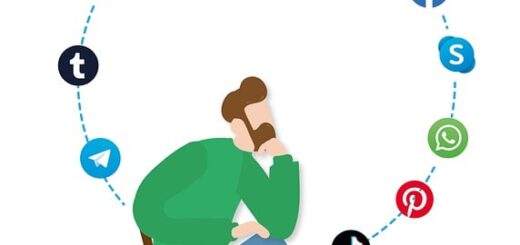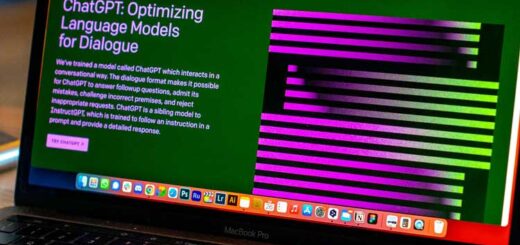Profiting from the Unexpected: The Restaurant That Thrives on Mistakes
 Success often comes from seeing opportunity where others see challenges.
Success often comes from seeing opportunity where others see challenges.
One inspiring example of this is the restaurant “Order Mistakes,” which opened in Tokyo with a unique approach that turned an apparent obstacle into its defining feature.
The restaurant employs waitstaff with dementia, embracing the reality that mistakes might happen during service.
Customers are informed upfront that their orders could be incorrect, yet they still flock to the restaurant for a completely different kind of dining experience.
What makes “Order Mistakes” stand out is its innovative use of a resource many might overlook: The talents of individuals who, due to their condition, might not typically be considered for this kind of work.
By thinking outside the box, the restaurant has created an environment that celebrates unpredictability, where customers enjoy the excitement of receiving unexpected dishes and engage with the human side of the experience.
“Order Mistakes” has not only carved out a niche for itself but has also brought joy to both employees and customers in a way that traditional restaurants cannot.
Putting This Concept to Work in Your Business
Are there assets or resources that others might dismiss that you can use to build an innovative business? Can you reframe an experience to make it something brand new and exciting?
Let’s imagine that you offer online courses. Could you radically change how those online courses are conducted by embracing unconventional methods that transform the learning experience? If so, what would that look like? I cam up with a few innovative approaches:
- “Mistake-Driven Learning”
Much like how the restaurant celebrated unexpected orders, an online course could be designed to embrace errors as a key part of the learning process. Instead of penalizing mistakes, the course could randomly introduce challenges or “errors” that force learners to think critically and solve problems in real-time. This would make the course more interactive, engaging, and memorable, helping students learn by doing rather than passively consuming content.
- “Learning by Surprise”
Just like how customers didn’t know what they were going to get at the restaurant, the course could introduce an element of unpredictability. Instead of following a linear path, the course could deliver content in random orders, challenging learners to connect the dots themselves and apply lessons in creative ways. This would encourage active engagement and flexible thinking, making the learning process exciting and dynamic.
- “Learner-Led Classes”
Rather than a traditional teacher-led format, the course could hand control over to students. Each participant could teach a segment of the course or collaborate to create content, flipping the roles and making learners the educators. This model would encourage deeper understanding and mastery of the material, as participants would have to not only learn but also explain and lead others.
- “Real-World Role Play”
Incorporating elements of role-playing games, learners could be assigned roles in real-world scenarios related to the course material. For example, a business course might have students simulate running a company, making strategic decisions based on live inputs and evolving challenges. The course would unfold like an ongoing simulation, making it feel more like a game than a traditional class.
- “Social Immersion and Peer Feedback”
Instead of individual assessments, students could be placed into social groups where learning is based on collaboration and feedback. The course might involve peer review, with learners evaluating and improving each other’s work in real-time. By turning learning into a community activity, students become more invested in the process and develop a deeper connection to the material through social interaction.
- “Randomized Expert Access”
Similar to the unpredictability in “Order Mistakes,” a course could give students random, timed access to industry experts, mentors, or instructors. Learners would never know when they would have the opportunity to ask questions or get direct feedback, creating a sense of urgency and excitement. This would encourage participants to be prepared and fully engaged at all times.
- “Challenge-Based Learning”
Instead of pre-recorded lectures or reading assignments, the course could be built around real-world challenges that students must solve. Each module could start with a difficult problem related to the subject, with learners working together to come up with solutions. The “answers” could be unlocked as they progress, turning learning into an active discovery process rather than a passive activity.
- “Live, Dynamic Course Structure”
A course could be delivered in a way where the structure changes based on student feedback and interaction. For instance, students could vote on the direction of the next lesson or topic based on their needs and interests. The course would evolve and adapt in real-time, making it feel more personal and tailored to the learners.
Bottom Line
And I’m willing to bet that by using this type of out-of-the-box thinking, you could reimagine your own products and services to make them more engaging, unpredictable, and interactive.
This will not only differentiate your offerings but also inject fun and humor into the process, possibly even creating a viral sensation as excited, happy customers share their experiences with others.























